JL
A feature concept that lets users tag and organize important messages for easy access later. It improves recall, filtering, and information access in both personal and group conversations.
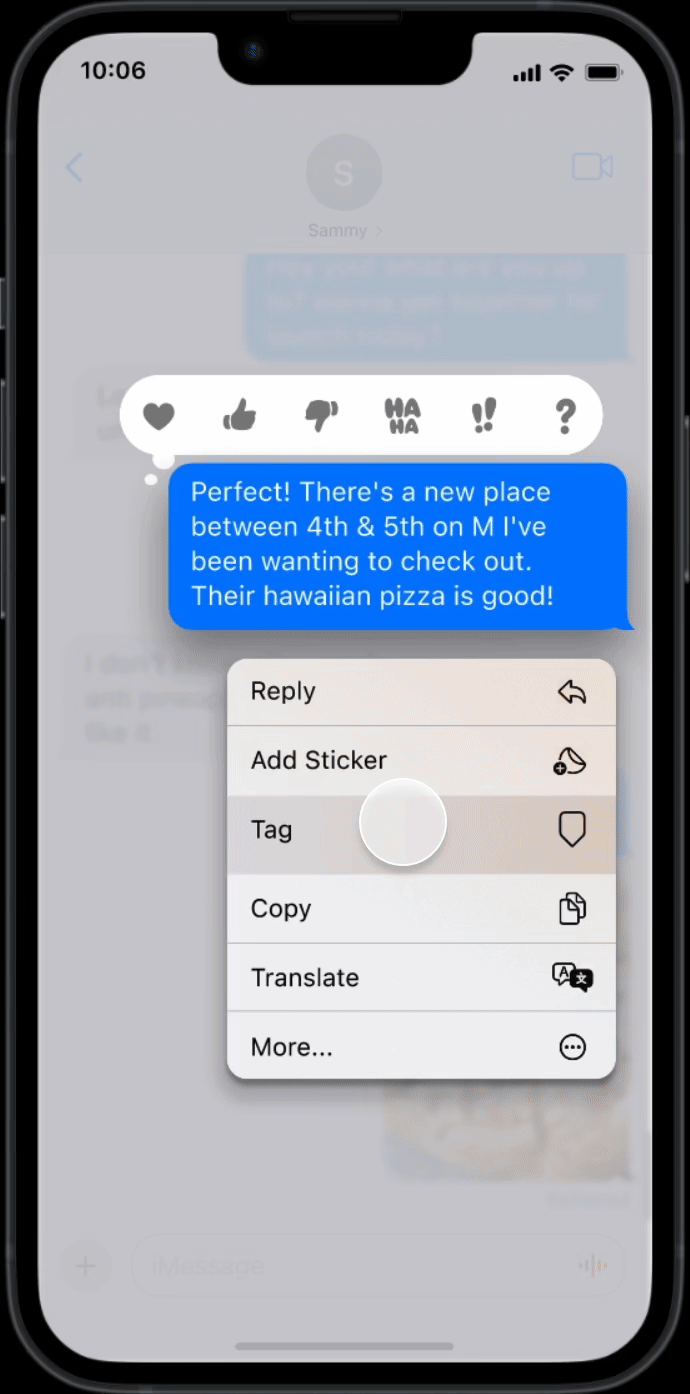

Project
iMessage interface enhancement, tagging system design, and cross-thread information recall.
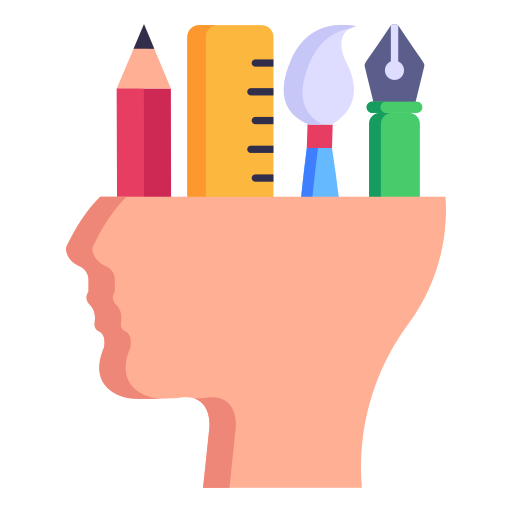
My Role
Interaction design, prototype development, and feature flow testing from concept to demonstration.
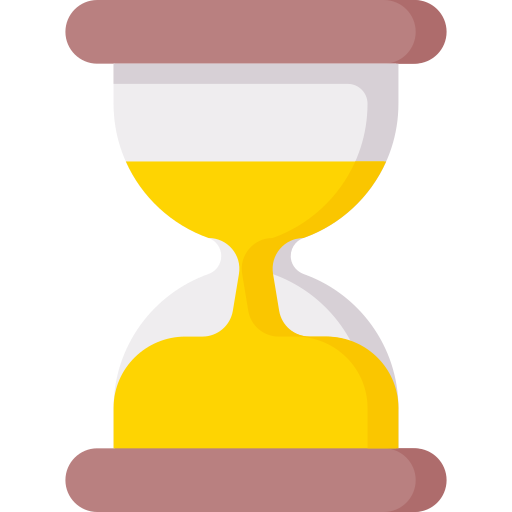
Timeline
2-weeks sprint including feature ideation, interface prototyping, and user scenario mapping.
Users rely on screenshots, forwarding, or memory to revisit what matters. There's no built-in way to organize key messages for future reference.
Design Process
I followed a Design Thinking approach to guide this project, from empathy to testing, because it allowed me to stay user-centered while solving a complex, abstract problem.
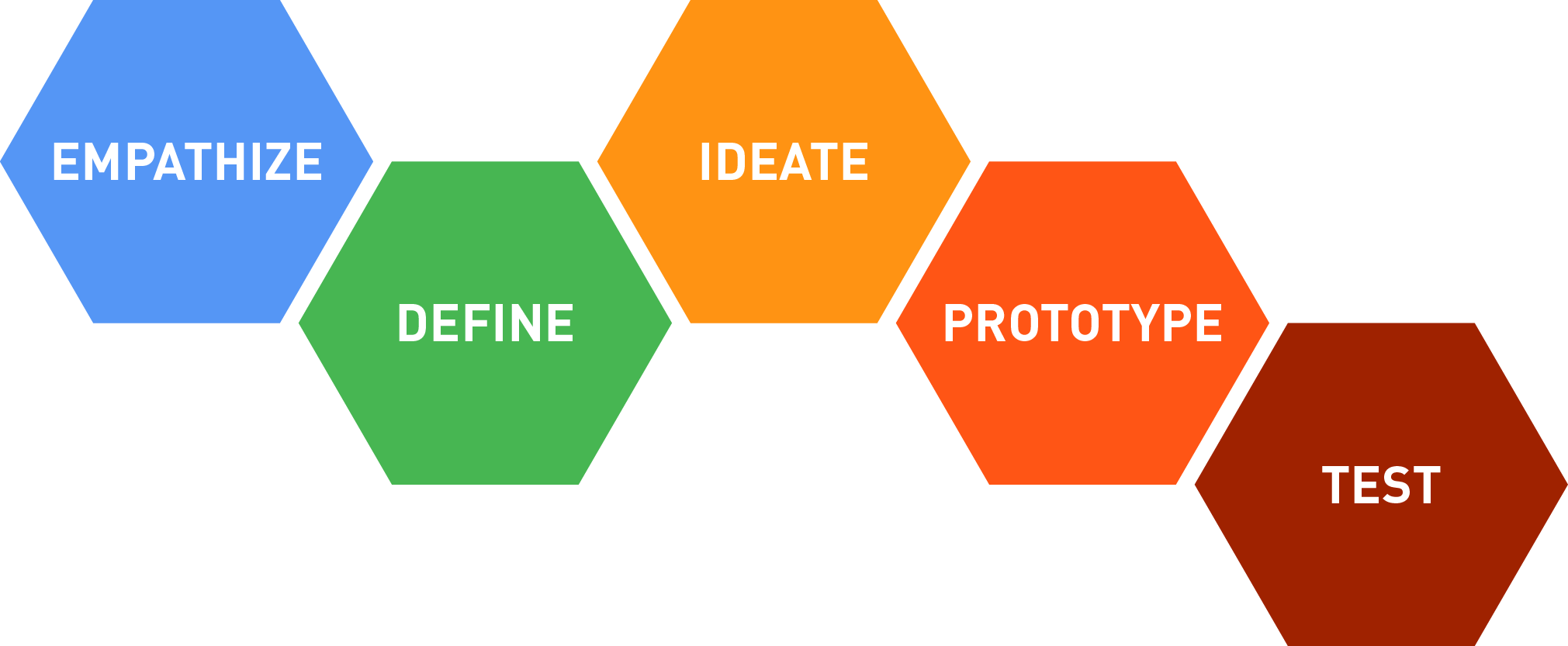
1. Empathize
I studied how people manage message overload and their frustration with losing track of important information.
Users wanted better recall tools, something more organized than screenshots or manually scrolling back through long threads, but simpler than exporting messages.
Both groups frequently use iMessage to hang out, plan, and exchange useful information like restaurant names, movie links, or addresses. But they often lose track of those messages over time. From their insights, I identified two key needs:
2. Define
The core problem was that iMessage lacks a system for organizing messages. Users needed a way to label and quickly return to important content without interrupting their existing flow.
Pain Points
🔺
Buried Information
Important messages get lost in long threads.
🔺
External Workarounds
Users rely on memory or screenshots to save info.
🔺
Inefficient Search
Manual scrolling or guessing often wastes time.
Solutions
3. Ideate
Exploring simple ways to help users stay organized within their conversations. I focused on solutions that would feel native to iMessage, while reducing message clutter and improving recall.
Generating Ideas
Sketched out several solutions: pins, bookmarks, folders, and tags. Tags stood out as the most flexible and user-friendly method for organizing content in both personal and group conversations.
Pinned Messages
Surface important messages at the top of the chat thread.
Smart Bookmarks
Save specific messages with labels for quick return later.
Thread Folders
Group messages into collapsible folders inside conversations.
Message Tags
Add customizable tags to messages, then filter or browse by tag.
User Journey Map
4. Prototype
I translated early concepts into visual form to evaluate layout, flow, and interaction clarity.
Starting with quick wireframe sketches helped me validate tagging behavior before moving into high-fidelity prototyping. The goals for creating the prototype included:

Test tag creation flow
Validate whether users could easily add tags during real-time conversations.

Evaluate filter experience
See how well users could retrieve tagged messages across different threads.

Simulate native behavior
Ensure the interaction felt seamless and consistent with iOS design patterns.
Wireframe Sketches
I created an interactive prototype simulating real iMessage behavior, long-press to tag, adding Tag to the drop-dow menu, view tagged messages, and filter by custom labels.
Prototype Demo
I created an interactive prototype simulating real iMessage behavior, long-press to tag, adding Tag to the drop-dow menu, view tagged messages, and filter by custom labels.
5. Test
To evaluate the usability and effectiveness of the feature, I conducted informal user testing with people from my target audience. I wanted to ensure that tagging interactions felt natural and if users could easily recall tagged messages without disrupting their normal messaging behavior.
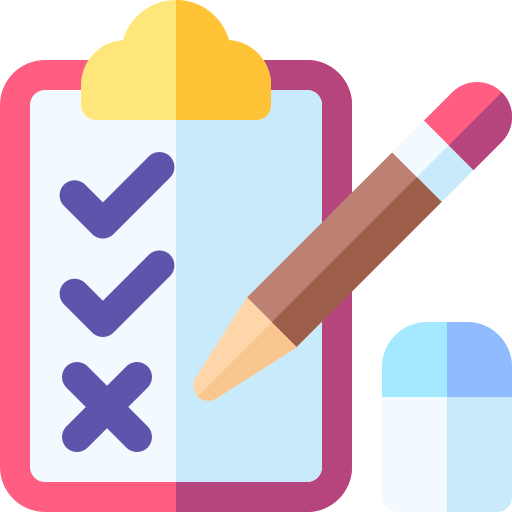
Could users quickly understand how to tag a message?

Could users find tagged messages without confusion?

Did filtering feature help narrow down messages efficiently?
“This would save me so much time, I always lose track of information in texts and can’t find them when I need them.”
Student tester, group chat user

Let’s Create with Intention
From concept to craft, I bring ideas to life. Reach out and let’s begin.
Get in Touch
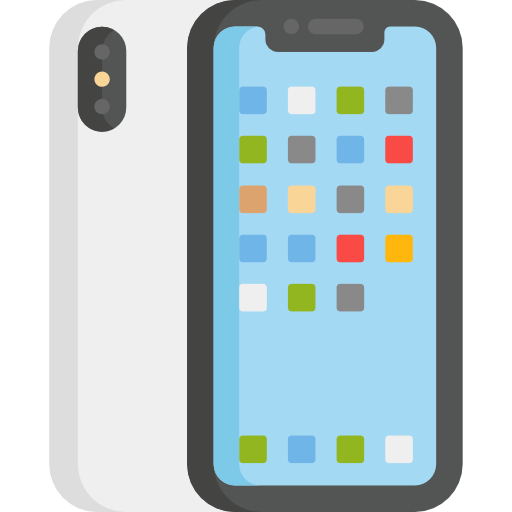
Designing for Small Screens
Designing for small screens required clear visual hierarchy, minimal taps, and simple interaction patterns.

Apple’s Design System & UI Kit
Since I was adding a feature, not redesigning the app, I leaned a lot about Apple’s Human Interface Guidelines
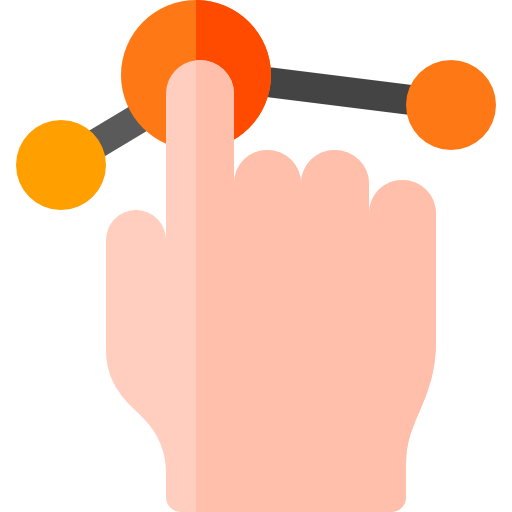
Small Features, Big Impact
Even small additions can really improve usability when placed thoughtfully in an existing system.

Prototype Early, Iterate Fast
Rapid prototyping on mobile helped me test usage before committing to visuals or engineering effort.
JL
A feature concept that lets users tag and organize important messages for easy access later. It improves recall, filtering, and information access in both personal and group conversations.


Project
iMessage interface enhancement, tagging system design, and cross-thread information recall.

My Role
Interaction design, prototype development, and feature flow testing from concept to demonstration.

Timeline
2-weeks sprint including feature ideation, interface prototyping, and user scenario mapping.
Users rely on screenshots, forwarding, or memory to revisit what matters. There's no built-in way to organize key messages for future reference.
Design Process
I followed a Design Thinking approach to guide this project, from empathy to testing, because it allowed me to stay user-centered while solving a complex, abstract problem.

1. Empathize
I studied how people manage message overload and their frustration with losing track of important information.
Users wanted better recall tools, something more organized than screenshots or manually scrolling back through long threads, but simpler than exporting messages.
Both groups frequently use iMessage to hang out, plan, and exchange useful information like restaurant names, movie links, or addresses. But they often lose track of those messages over time. From their insights, I identified two key needs:
2. Define
The core problem was that iMessage lacks a system for organizing messages. Users needed a way to label and quickly return to important content without interrupting their existing flow.
Pain Points
🔺
Buried Information
Important messages get lost in long threads.
🔺
External Workarounds
Users rely on memory or screenshots to save info.
🔺
Inefficient Search
Manual scrolling or guessing often wastes time.
Solutions
3. Ideate
Exploring simple ways to help users stay organized within their conversations. I focused on solutions that would feel native to iMessage, while reducing message clutter and improving recall.
Generating Ideas
Sketched out several solutions: pins, bookmarks, folders, and tags. Tags stood out as the most flexible and user-friendly method for organizing content in both personal and group conversations.
Pinned Messages
Surface important messages at the top of the chat thread.
Smart Bookmarks
Save specific messages with labels for quick return .
Thread Folders
Group messages into collapsible conversations folders.
Message Tags
Add customizable tags to messages, then filter by tag.
User Journey Map
4. Prototype
I translated early concepts into visual form to evaluate layout, flow, and interaction clarity.
Starting with quick wireframe sketches helped me validate tagging behavior before moving into high-fidelity prototyping. The goals for creating the prototype included:

Test tag creation flow
Validate whether users could easily add tags during real-time conversations.

Evaluate filter experience
See how well users could retrieve tagged messages across different threads.

Simulate native behavior
Ensure the interaction felt seamless and consistent with iOS design patterns.
Wireframe Sketches
I created an interactive prototype simulating real iMessage behavior, long-press to tag, adding Tag to the drop-dow menu, view tagged messages, and filter by custom labels.
Prototype Demo
I created an interactive prototype simulating real iMessage behavior, long-press to tag, adding Tag to the drop-dow menu, view tagged messages, and filter by custom labels.
5. Test
To evaluate the usability and effectiveness of the feature, I conducted informal user testing with people from my target audience. I wanted to ensure that tagging interactions felt natural and if users could easily recall tagged messages without disrupting their normal messaging behavior.

Could users quickly understand how to tag a message?

Could users find tagged messages without confusion?

Did filtering feature help narrow down messages efficiently?
“This would save me so much time, I always lose track of information in texts and can’t find them when I need them.”
Student tester, group chat user

Designing for Small Screens
Designing for small screens required clear visual hierarchy, minimal taps, and simple interaction patterns.

Apple’s Design System & UI Kit
Since I was adding a feature, not redesigning the app, I leaned a lot about Apple’s Human Interface Guidelines

Small Features, Big Impact
Even small additions can really improve usability when placed thoughtfully in an existing system.

Prototype Early, Iterate Fast
Rapid prototyping on mobile helped me test usage before committing to visuals or engineering effort.

Let’s Create with Intention
From concept to craft, I bring ideas to life. Reach out and let’s begin.
Get in Touch
JL
A feature concept that lets users tag and organize important messages for easy access later. It improves recall, filtering, and information access in both personal and group conversations.


Project
iMessage interface enhancement, tagging system design, and cross-thread information recall.

My Role
Interaction design, prototype development, and feature flow testing from concept to demonstration.

Timeline
2-weeks sprint including feature ideation, interface prototyping, and user scenario mapping.
Text conversations often carry important details, addresses, dates, ideas, decisions buried in long threads.
📌 Lost in Threads
Important messages get buried in ongoing conversations
🔍 No Tagging System
Users can’t to label or sort messages by topic or purpose
📁 Disjointed Recall
Context gets lost when trying to revisit a specific message
Users rely on screenshots, forwarding, or memory to revisit what matters. There's no built-in way to organize key messages for future reference.
iMessage Tags introduces lightweight tagging and labeling into iMessage. Inspired by productivity tools

Help users mark and categorize important messages

Improve how users revisit information across time

Make collaborative threads less more structured
Design Process
I followed a Design Thinking approach to guide this project, from empathy to testing, because it allowed me to stay user-centered while solving a complex, abstract problem.

1. Empathize
I studied how people manage message overload and their frustration with losing track of important information.
Users wanted better recall tools, something more organized than screenshots or manually scrolling back through long threads, but simpler than exporting messages.
Both groups frequently use iMessage to hang out, plan, and exchange useful information like restaurant names, movie links, or addresses. But they often lose track of those messages over time. From their insights, I identified two key needs:
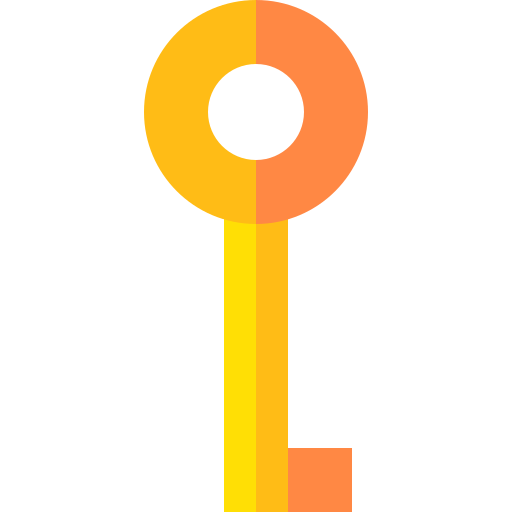
A simple way to mark important messages in real time

A simple way to mark important messages in real time
2. Define
The core problem was that iMessage lacks a system for organizing messages. Users needed a way to label and quickly return to important content without interrupting their existing flow.
Pain Points
🔺
Buried Information
Important messages get lost in long threads.
🔺
External Workarounds
Users rely on memory or screenshots to save info.
🔺
Inefficient Search
Manual scrolling or guessing often wastes time.
Solutions
Tag Important Messages allow users to label key messages instantly.
💡 In-Thread Tagging
Let users label important messages without leaving the chat flow.
💡 Custom Tag Filters
Enable fast recall through topic-based filtering within each thread.
💡 Organized Message View
Provide a central space to browse all tagged content across chats.
3. Ideate
Exploring simple ways to help users stay organized within their conversations. I focused on solutions that would feel native to iMessage, while reducing message clutter and improving recall.
Generating Ideas
Sketched out several solutions: pins, bookmarks, folders, and tags. Tags stood out as the most flexible and user-friendly method for organizing content in both personal and group conversations.
Pinned Messages
Surface important messages at the top of the chat thread.
Smart Bookmarks
Save specific messages with labels for quick return later.
Thread Folders
Group messages into collapsible folders inside conversations.
Message Tags
Add customizable tags to messages, then filter or browse by tag.
User Journey Map
4. Prototype
I translated early concepts into visual form to evaluate layout, flow, and interaction clarity.
Starting with quick wireframe sketches helped me validate tagging behavior before moving into high-fidelity prototyping. The goals for creating the prototype included:

Test tag creation flow
Validate whether users could easily add tags during real-time conversations.

Evaluate filter experience
See how well users could retrieve tagged messages across different threads.

Simulate native behavior
Ensure the interaction felt seamless and consistent with iOS design patterns.
Wireframe Sketches
I created an interactive prototype simulating real iMessage behavior, long-press to tag, adding Tag to the drop-dow menu, view tagged messages, and filter by custom labels.
Prototype Demo
I created an interactive prototype simulating real iMessage behavior, long-press to tag, adding Tag to the drop-dow menu, view tagged messages, and filter by custom labels.
5. Test
To evaluate the usability and effectiveness of the feature, I conducted informal user testing with people from my target audience. I wanted to ensure that tagging interactions felt natural and if users could easily recall tagged messages without disrupting their normal messaging behavior.

Could users quickly understand how to tag a message?

Could users find tagged messages without confusion?

Did filtering feature help narrow down messages efficiently?
“This would save me so much time, I always lose track of information in texts and can’t find them when I need them.”
Student tester, group chat user

Designing for Small Screens
Designing for small screens required clear visual hierarchy, minimal taps, and simple interaction patterns.

Apple’s Design System & UI Kit
Since I was adding a feature, not redesigning the app, I leaned a lot about Apple’s Human Interface Guidelines

Small Features, Big Impact
Even small additions can really improve usability when placed thoughtfully in an existing system.

Prototype Early, Iterate Fast
Rapid prototyping on mobile helped me test usage before committing to visuals or engineering effort.

Let’s Create with Intention
From concept to craft, I bring ideas to life. Reach out and let’s begin.
Get in Touch

